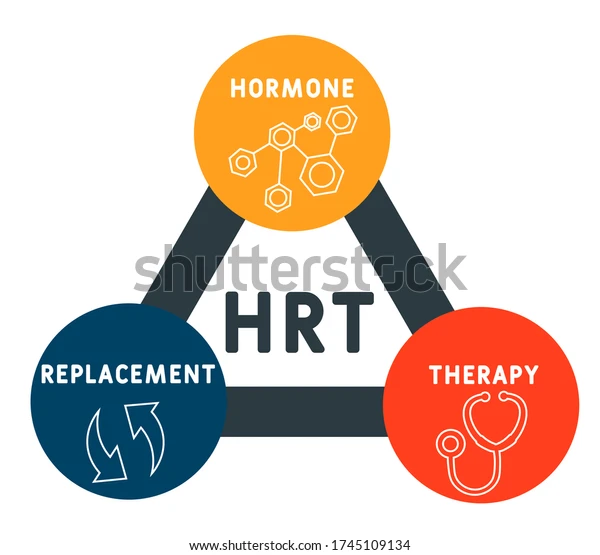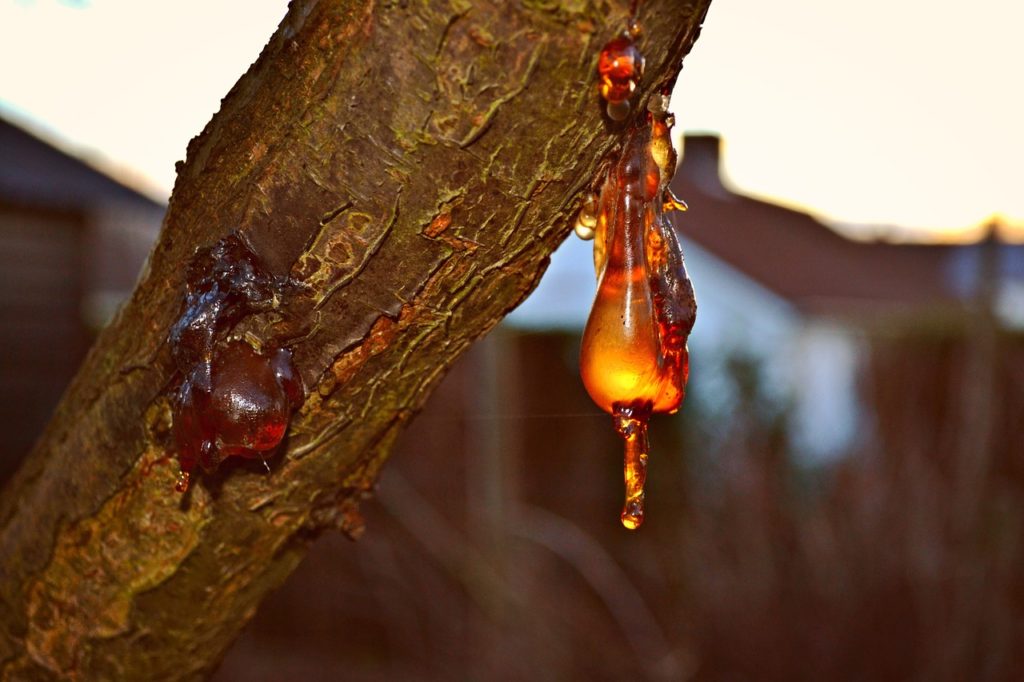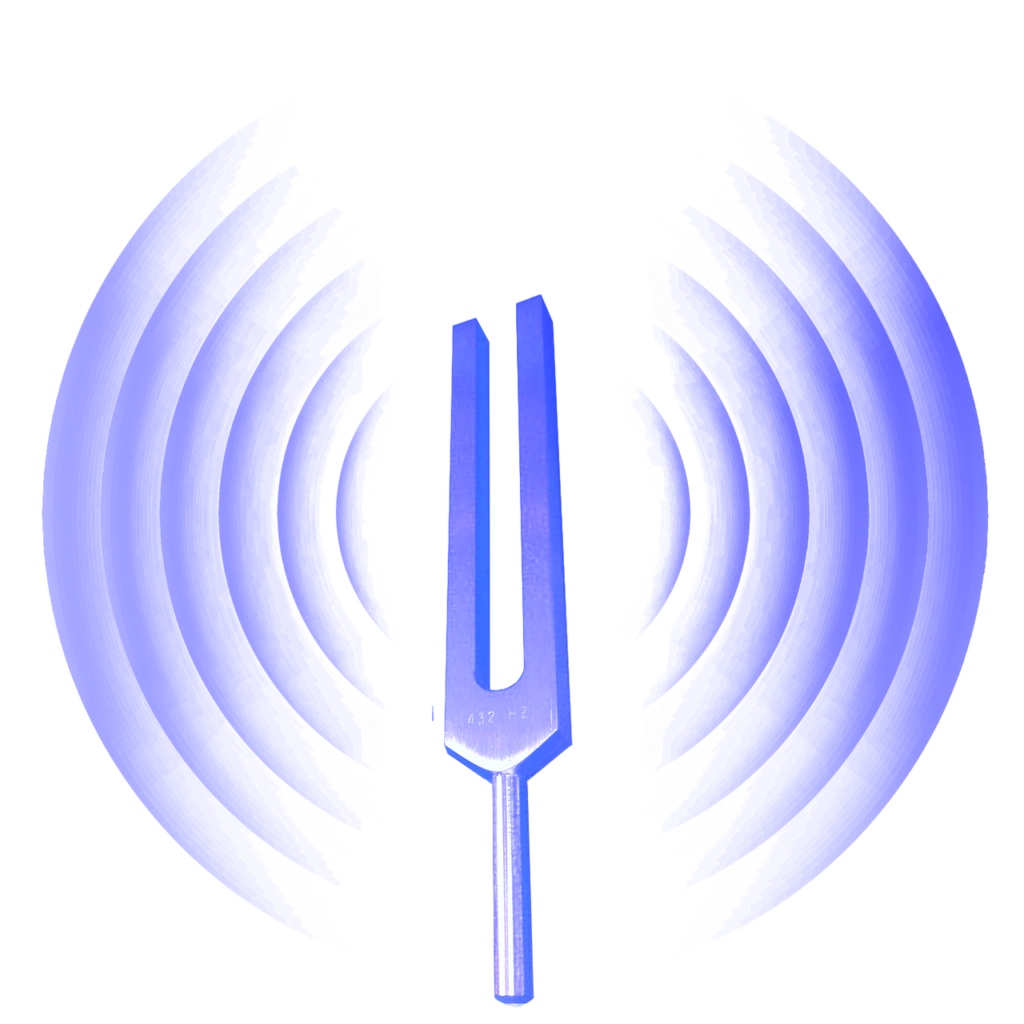Introduction:
The last few decades have seen doctors prescribing synthetic hormones to women who are near menopause or to those who have attained menopause. These hormones are also used in regulation periods, as contraceptives, in premenstrual syndrome (PMS), for women with heavy bleeding during pregnancy, women with fibroids, endometriosis and for post-menopausal depression, hot flushes and lack of sexual drive. It was also hoped that hormone replacement therapy would stave off heart disease and osteoporosis.
But hormone replacement therapy is fraught with great risk. There was an increased risk of cardiovascular events, strokes, breast cancer and dementia.
What are the alternatives for this problem?
Alternative therapists prefer Soy as a natural remedy as it contains goodish amounts of plant estrogens. Japanese women suffer from lesser incidents of breast cancer and menopausal symptoms are milder because of a diet that is rich in soy. A soy rich diet along with a low fat diet helps to keep bones strong.
Other sources of plant estrogens are red clover and flaxseed. Both are available as supplements.
Black cohosh is a Native American herb that is useful in preventing hot flushes and insomnia and vaginal dryness, which are usually associated with menopause.
Ayurveda and menopause:
Like other Complementary systems, specific ayurvedic herbs are used for different female types. Some of the useful herbs used in ayurveda are Aloe gel, Shatavari, Saffron, Kapikacchu, Ashwagandha, and these are taken in milk decoctions. Shatavari and Aloe gel are useful to maintain the youthfulness of the females. Chavanaprash is another great rejuvenating remedy.
Homeopathic options in menopause:
A good homeopath can ameliorate many distressing symptoms by choosing the correct constitutional remedy. Few remedies are listed here, which are commonly used.
Belladonna
This remedy is useful for hot flushes with throbbing sensation in the head. This remedy suits women who have short bursts of anger and a craving form lemons and lemonade.
Calcarea carbonica
This remedy may be helpful to a woman who has severe heat sweats and weight gain during menopause. Such women usually crave for eggs and sweets also.
Graphites
This remedy suits a woman who is chilly, pale, and sluggish. Such women are prone to obesity in menopause. These women are also prone to eczema.
Ignatia
Ignatia is a useful remedy for mood swings during menopause.
Lachesis
This remedy is useful in intense hot flashes with red or purplish flushing, palpitations, and feelings of pressure, congestion and constriction. Such women tend to be very talkative, with jealousy and suspicion.
Natrum muriaticum
This remedy suits women who are over sensitive, who craves for salts and have severe headaches after going out in the sun.
Pulsatilla
This remedy suits weepy women with changeable moods. Such women feel better in the open air.
Sepia
This remedy suits women who are weary and lose interest in day-to-day tasks during menopause.
Staphysagria
This remedy suits mild mannered women who have menopausal problems such as depression. It helps women who have been abused and many suppressed emotions. .
Conclusion:
The cure of menopausal symptoms need life-style changes that include, regular exercise, yoga, meditation and switching to a healthy diet that is more vegetarian in nature.
References and links:









